Chicago Cubs: Ranking the Top 10 single-season pitching performances

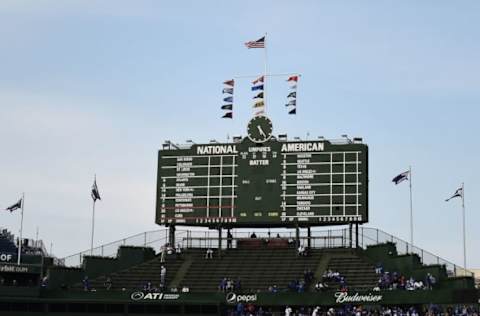
The rich and storied Chicago Cubs franchise has seen its share of quality pitching. But let’s narrow it down to the truly impressive performances.
Since 1903, the Chicago Cubs have been a club fraught with many amazing arms. Sure, when you’ve existed as long as the franchise has, you’re bound to have found at least some top-of-the-line starting pitching. Over the last century-plus, this list of the team’s best all-time arms has only grown.
Many players have come through Chicago at some point or another. Some have stayed for a mere cup of coffee. Others have become an integral piece of the team, writing their own respective chapter in team lore. Finally, the last group includes those who have overstayed their welcome, only to be sheepishly filtered out never to grace the North Side again.
But instead of limiting the scope of our dive into team history, let’s focus instead on the best single-season starting pitching performances. There have been almost too many to count, but in this piece – as well as the subsequent follow-up – we’ll talk about names you’ve surely heard before and others that may have slipped out of memory.
Let’s begin with a name you’ve surely heard of – but one that hasn’t been relevant to the franchise on the diamond in more than a century.
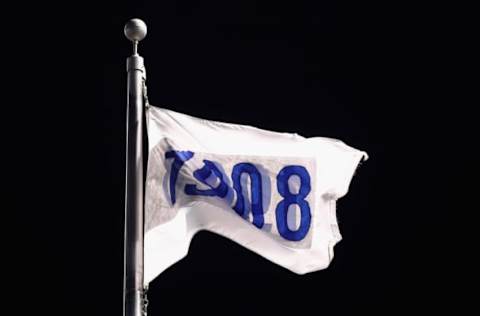
Chicago Cubs: Mordecai ‘Three Finger’ Brown – 1906
Our first of many star pitchers takes us back long ago, over 100 years in fact, to the era of Mordecai Brown. In a different era of baseball, one modern baseball fans can only dream about, one man stood above the rest. Brown dominated in almost unbelievable fashion, helping the club to a World Series appearance.
Teams played 155 games in 1906, and for the Cubs, it was a year never to forget. The club finished 116-36, with Brown leading the charge as the team’s top starting pitcher.
Overall, Brown finished his campaign 26-6 with a 1.04 ERA across 36 games, including 32 starts. Including his ERA, Brown set career-bests in five categories: ERA, ERA+, shutouts, FIP and WHIP.
One impressive stat that, to this day, gets overlooked was the right-hander’s ability to keep the ball in the yard across the year. In the 277 1/3 innings he registered, Brown allowed a single home run. A different era, of course, but that hardly matters when you consider that type of ratio.
Regarding overall production, Brown finished in the top ten in WAR for all players and third overall in pitcher WAR. Brown also led the league in each of Adjusted Pitcher Runs and Adjusted Pitcher Wins.
Across three games Brown started in the 1906 World Series, he finished with a respectable 3.66 ERA, two complete games, and a shutout. It remains as one of the best seasons ever by a Cubs pitcher.
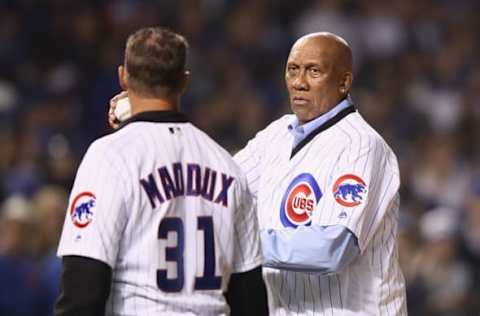
Chicago Cubs: Fergie Jenkins – 1971
Spanning an impressive career, Fergie Jenkins pitched for four teams in 19 years, spending 10 years with the Cubs across two separate stints.
Jenkins started 347 games in his Cubs career in those ten seasons, but no single campaign may be more impressive than his 1971 showing. It was a special year for Jenkins, as he made 39 starts and finished 24-13 with a 2.77 ERA.
To boot, Jenkins beat out the likes of Tom Seaver, Dock Ellis and Bob Gibson for the National League Cy Young Award. He finished with 17 of the 24 total first-place votes, capping off a magical year for the right-hander.
Jenkins’ season was impressive, to say the least. He finished above every player in the league in total WAR, posting an 11.8 clip. The big righty also led the entire league in complete games. And we’re not talking about a handful of efforts where he went the distance. He did so a staggering 30 times.
Fans knew his year was bound to be amazing, as, on Opening Day against the St. Louis Cardinals, Jenkins twirled a complete-game 10-inning spectacle, allowing just seven hits and surrendering a mere one run.
Of his next 10 starts following his Opening Day gen, Jenkins pitched nine complete games, including eight straight. Arguably, Jenkins’ best game of the year came on May 8. In what turned out to be a complete game shutout by Jenkins, he struck out 12 surrendering four hits and zero walks.
While Jenkins finished many incredible seasons, 1971 will always remain as the best season of his storied career.
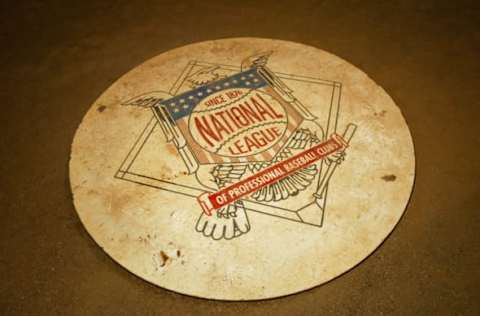
Chicago Cubs: Dick Ellsworth – 1963
Similar to Jenkins, Dick Ellsworth finished completed a long and illustrious 13-year career, spending eight of those years with the Cubs. While Ellsworth does not have eye-popping numbers in his career (career 3.72 ERA), he did impress with Chicago and 1963 wound up as Ellsworth’s best year.
As a sign of the times, starting pitchers were made to start a ton of games. In the 1963 campaign, Ellsworth started 37 games, finishing an impressive 22-10 with a 2.11 ERA. Surprisingly, Ellsworth did not earn All-Star recognition. However, the season remains the best of his career.
Throughout the 37 starts, Ellsworth recorded a career-high in many categories. It became the only season where he recorded 20 or more wins. He also recorded a career-high in innings pitched, finishing with 290 2/3 frames on the year. He posted another career-high and finished with a 167 ERA+, higher than that of legend Sandy Koufax. Koufax, meanwhile, is the only pitcher to have finished ahead of Ellsworth in ERA.
Lastly, Ellsworth posted a very solid 2.63 FIP. It would finish as the single season in which he made a start where his FIP would finish under three. Koufax would ultimately win the National League Cy Young Award, however, as a relatively unknown pitcher, Ellsworth’s 1963 campaign on the Northside remains as one of the best underrated in team history.
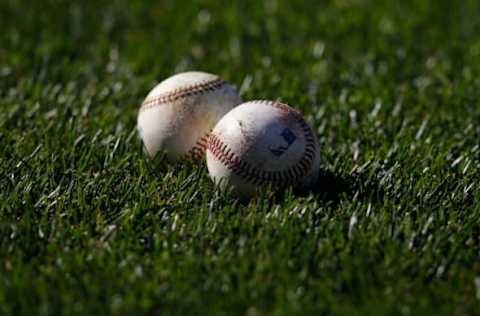
Chicago Cubs: Rick Reuschel – 1977
For everything Ellsworth brought for the Cubs in 1963, it could be argued the same for Rick Reuschel in 1977. Reuschel played 12 of his 19 seasons in Chicago, compiling 135 career wins and a composite ERA of 3.50 by the end of his Cubs tenure.
The best year, the year which stands out is 1977. That year, Reuschel finished 20-10 with a 2.79 ERA. It became the only season of his career in which Reuschel would win twenty games. Most impressively, Reuschel finished third overall in National League Cy Young voting, tying with Mets great Tom Seaver with 15 percent of the votes.
Reuschel earned an All-Star selection to add to his impressive resume. It became one of only three years in which he did gain the honor. The Cubs finished a humdrum 81-81. However, it became Reuschel’s pitching staff as not a single other starter finished with an ERA less than 4.00. For the 28-year-old, it turned into a career year and an impressively under-the-radar one at that.
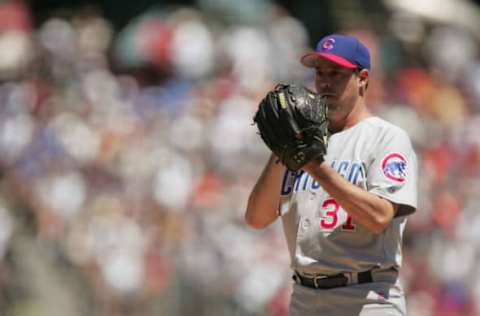
Chicago Cubs: Greg Maddux – 1992
It is wild to observe the career of the great Greg Maddux only to find out he was a second-round selection in the MLB Amateur player draft. A starting pitcher whose career spanned 23 years was an afterthought in the opening round of the draft. Every team passed Maddux up, including the Cubs.
More from Cubbies Crib
- Cubs: Adrian Sampson is forcing his way into the conversation
- Projecting the Chicago Cubs bullpen to open the 2023 season
- Cubs fans are beginning to see the light at the end of the tunnel
- Justin Steele has evolved into a frontline starter for the Cubs
- The future of first base is murky right now for the Cubs
Nevertheless, by the time the second round rolled around, the Cubs did not wish to miss out again, drafting him out of Valley High School in Las Vegas, Nevada. Neither Maddux nor the Cubs knew at the time (because how could you) the type of pitcher and overall leader Maddux would become in his time in the Show.
Across two separate stints, Maddux suited up for the Cubs over a career spanning ten seasons. While many people in the younger generation only know Maddux for his career in Atlanta, because it was stellar, many forget he became a star long before that time. By the time his time in Chicago was up, Maddux had finished with a career 3.61 ERA, racking up 133 wins in the process.
The best season for Maddux in a Cubs uniform has to be 1992. It was the first time in his storied career, and set a precedent over the next four years, that Maddux earned the National League Cy Young Award. Maddux also won 20 games that season, which is crazy to fathom because of how dominant he indeed became in his career. Over a career 268.0 innings pitched, Maddux made 35 starts and finished with a 2.18 ERA.
Concerning the additional offensive statistics, Maddux finished with a very impressive 166 ERA+ and surrendered a measly seven home runs across those 35 starts. The FIP became impressive in its regard as well. Maddux compiled a solid 2.58 FIP, finishing slightly behind Roger Clemens. Despite this, Maddux ended leading in WAR for everyone as well as WAR for pitchers alone.
Across the 23-year career, Maddux finished with 19 total wins over five different seasons. The 20-game win season will forever hold a special place in his heart, as Cubs fans will always be grateful for what Maddux accomplished in his time spent on the Northside.
Next. Ranking the five best Cubs' trades since 1980. dark
Get excited for part two as we profile the remaining five individually impressive seasons by the Cubs’ starting pitching. It may surprise some to see who made the cut.